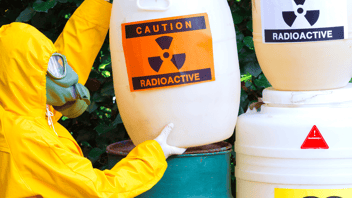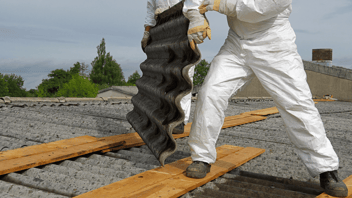Construction projects are all unique. Some projects may take a few months, while others may take years. There are projects where the working conditions frequently change while others remain unchanged for workers. These vast differences between construction sites challenge employers on the safety front. Creating and implementing a health and safety program for construction workers that meets the OSHA standards at your construction site requires extra care.
Here are some tips based on OSHA recommended practices that can help you make certain on how to ensure OSHA standards are implemented and working on your construction projects.
1. Top Management Involvement
Any construction project’s safety and health program require top management's involvement. When the top leadership puts safety first and leads by example, all levels follow and fulfill their responsibilities to meet the OSHA standards. The top management must show dedication towards identifying and removing hazards, improving health and safety on site, and regularly communicating the commitment with workers.
Additionally, managers at different levels need to take the responsibility of making the health and safety program a crucial part of company policy, establishing goals and objectives, assigning required resources, and setting an example. All these steps convey that worker safety is prioritized at the construction site – which is what OSHA standards aim to achieve.
2. Worker Participation
Worker participation is key to complying with the OSHA standards, and OSHA recommendations emphasize its importance everywhere. It is logical, too, as workers know the working conditions better than anyone else. They can provide a better view of hazards and the risks involved. Workers should participate in all parts of the health and safety program, including goal setting, hazard identification and reporting, investigations of accidents, and checking the program's effects.
To ensure worker participation, there should be regular and effective communication between management and workers. All workers – including contractors and temporary workers – should know their roles and responsibilities in the program and how to effectively comply with them. Workers actively participate in the program tend to focus more on their health and safety. Worker participation can reduce the number of accidents and costs of claims while helping comply with OSHA standards.
3. Hazard Identification and Prevention
Hazard identification and prevention is one of the central parts of OSHA standards to avoid workplace accidents. Identifying hazards helps get an idea of the risks at the workplace. Systems have to be created to identify hazards and evaluate the risks regularly.
Hazards related to all routine, non-routine, and emergencies should be identified and assessed. When an incident occurs, the goal of the investigation should be to find the root cause first. Once the hazards are identified, they should be assigned priorities based on their risk.
Prevention is the next step where management and workers identify and select methods for removing or mitigating workplace hazards. Maintenance of equipment at construction sites plays a huge role in prevention as an engineering solution. Predictive and preventive care can significantly reduce risks and help meet all OSHA standards. Heavy equipment with high risk and cost attached to failure should be prioritized for maintenance.
Other hazard prevention methods include safe work practices, administrative controls, and personal protective equipment (PPE).
4. Reporting System, Training, and Culture of Safety
The project should have a system where workers can report any injury, hazards, incidents, illnesses, or other safety concerns without fear of retaliation. The system should provide multiple communication channels without barriers for workers to convey their concerns to top management. A culture of feeling comfort in reporting to managers and seniors created with efficient communications helps make the program successful.
A practical and updated training program for all workers helps create a workforce equipped to keep itself safe. Significant improvement can be made through a combination of education and work culture where all prioritize safety. Worker participation discussed in the second tip is vital in cultivating that culture.
5. Keep Evaluating and Improving the Program
As discussed above, construction projects can be dynamic with their unique conditions. Control measures should be evaluated regularly for effectiveness and changed according to the learnings. Processes should be created to keep track of the program’s shortcomings, performance, and implementation – to stay on top of program progress. Changes should be made to the program based on the learnings from the evaluation, and the most significant changes should be prioritized to keep the hazards in control.
Conclusion
OSHA standards can be tricky to meet for construction projects due to the work involved. The best way is to ensure worker safety is at the center of your health and safety program and work culture. The tips here will help ensure OSHA standards are implemented and working for your projects even as the situations evolve.
If you're eager to discover how Ving can enhance safety and compliance in your workplace, we invite you to complete the form below. Our team will promptly reach out to you to schedule an exploratory conversation.
About the author
Bryan Christiansen is the founder and CEO of Limble CMMS. Limble is a modern, easy-to-use mobile CMMS software that takes the stress and chaos out of maintenance by helping managers organize, automate, and streamline their maintenance operations.





Leave a Comment